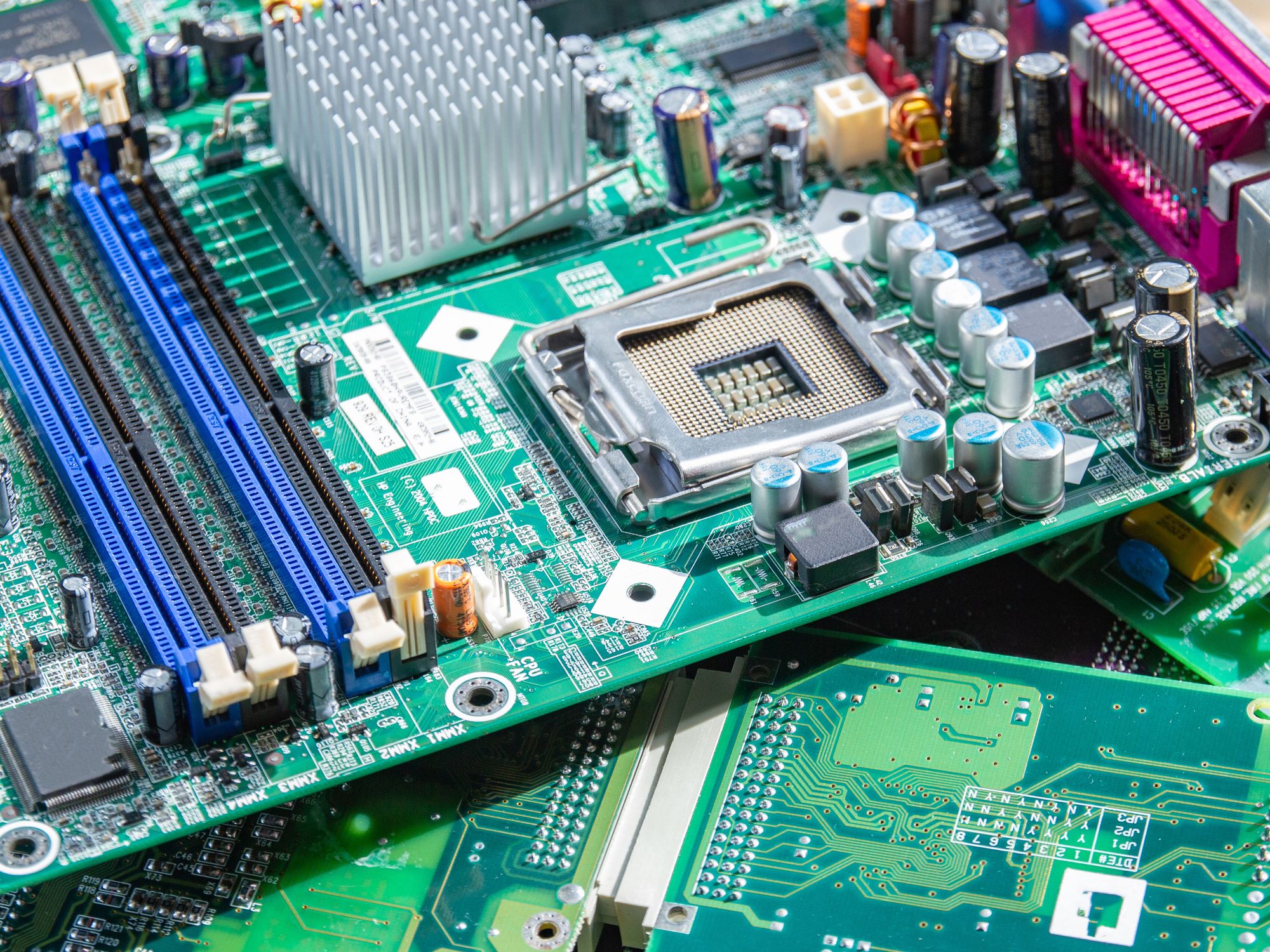CRTs and circuit boards

- CRTs marked for disposal are considered hazardous waste under the RCRA.
- Circuit boards are subject to a special exemption from federal hazardous waste rules.
Cathode ray tubes (CRTs)
The Environmental Protection Agency (EPA) encourages repair and reuse as responsible ways to manage CRTs. If reuse or repair are not practical options, CRTs can be recycled. Recycled CRTs are typically disassembled so that valuable materials can be recovered. Thus, CRTs sent for recycling are subject to streamlined handling requirements under the Cathode Ray Tubes Final Rule.
Due to the presence of lead located in the funnel glass, CRTs marked for disposal are considered hazardous waste under the Resource Conservation and Recovery Act (RCRA). However, CRT glass and used CRTs that are recycled or exported for recycling are not considered solid or hazardous waste under RCRA if certain conditions are met (261.4(a)(22)).
Exporters shipping broken or unbroken CRTs to another country for recycling must notify EPA and receive written consent from the receiving country through EPA before shipments can be made. Exporters who ship used, unbroken CRTs for reuse as computers to another country must submit an annual notification to EPA.
It is important to note that state regulatory requirements for generators may be more stringent than those in the federal program. Be sure to check state policies.
Circuit boards
Circuit boards are subject to a special exemption from federal hazardous waste rules:
- Whole unused circuit boards are considered unused commercial chemical products, which are unregulated.
- Whole used circuit boards meet the definition of spent materials but also meet the definition of scrap metal. Therefore, whole used circuit boards that are recycled are exempt from the hazardous waste regulations.
- Shredded circuit boards are excluded from the definition of solid waste if they are containerized (i.e., fiberpaks) prior to recovery. These shredded circuit boards cannot contain mercury switches, mercury relays, nickel-cadmium batteries, or lithium batteries. If these materials are not treated this way, then they are considered hazardous waste and must be treated as such.
